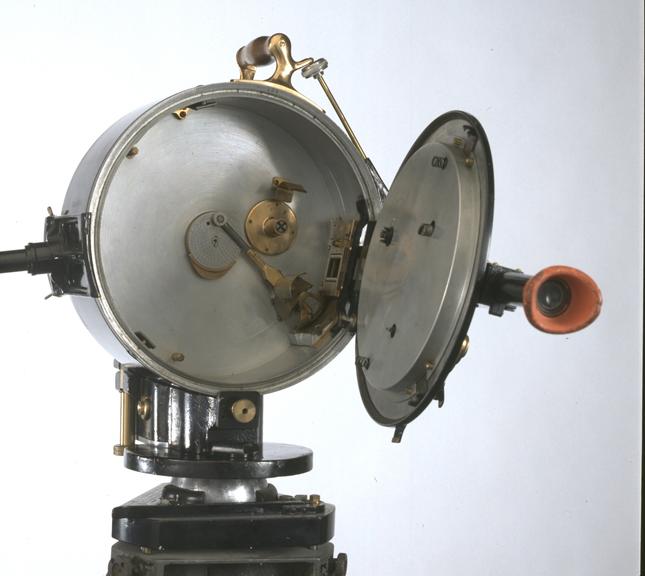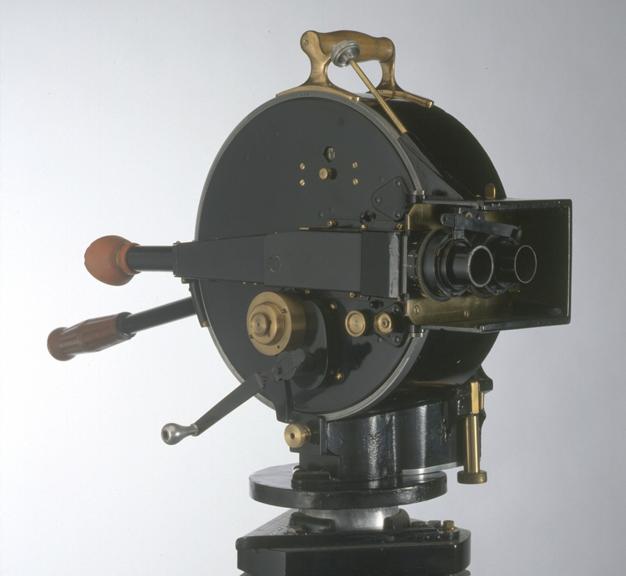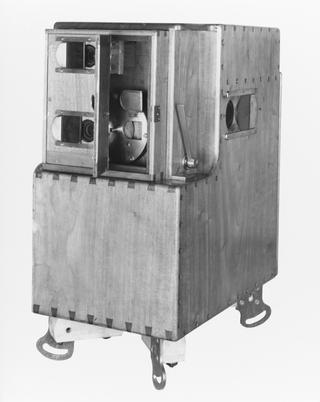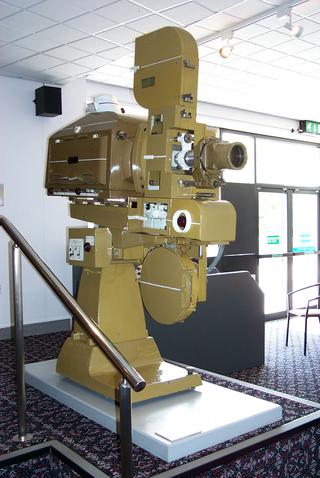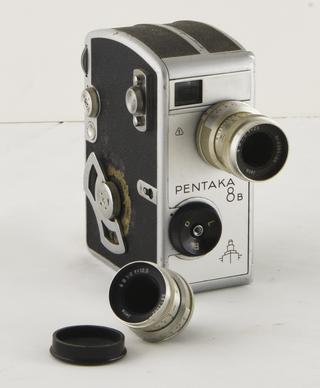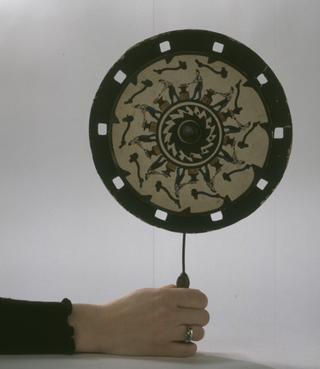Tripod for Akeley cine camera
Tripod for Akeley 35mm cine camera. With panning head, manufactured by Akeley Camera Co, 1917.
More
Invented by Carl Akeley (1864-1926), curator of the American Museum of Natural History, this camera was of unique design. The film was contained in a single magazine inside the camera. The shutter was cylindrical and ran round the inside of the body. This image shows the telescope viewfinder which could be adjusted to any angle allowing the cameraman to follow rapid action easily, regardless of the tilt of the camera. Akeley cameras were mainly used for documentary films, notably Robert Flaherty's 'Nanook of the North' (1922).
- Materials:
- wood (unidentified) , steel (metal) and aluminium (metal)
- Object Number:
- 1962-5/1
- type:
- cine camera


